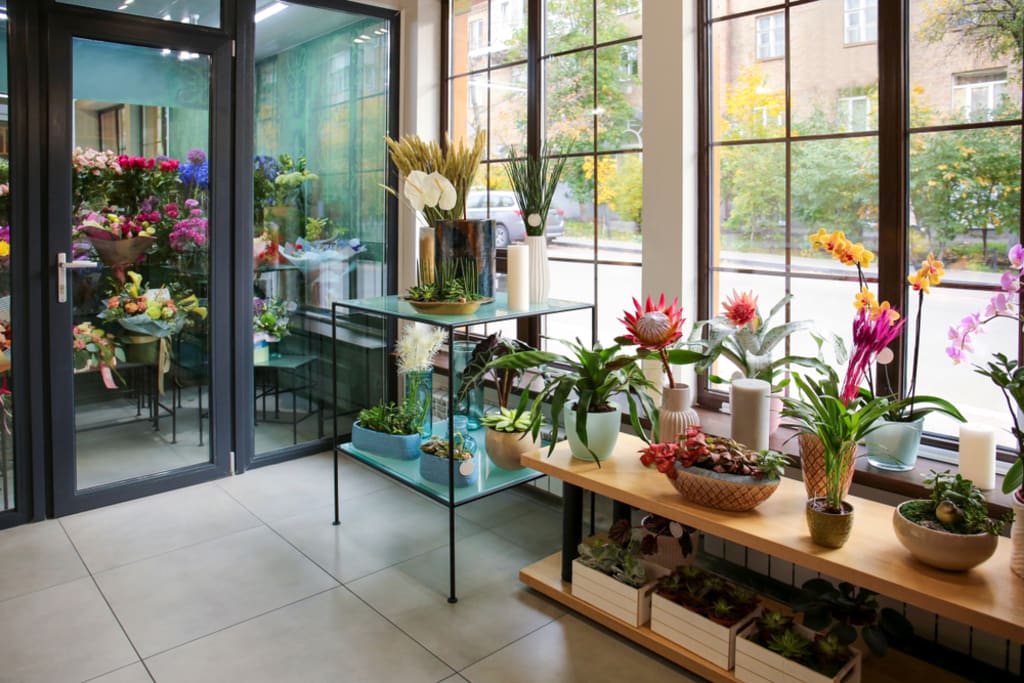Instructions to Save a Houseplant with Root Decay
You know how people say, I hope you like dogs or cats, before visiting their home? Likewise, before you go to many houseplant lover’s homes...

You know how people say, I hope you like dogs or cats, before visiting their home? Likewise, before you go to many houseplant lover’s homes, you need to say, ‘I trust you like plants’. Since people have a ton of green buddies—inside and out, also, they love them all!
Do you speculate your houseplant is experiencing root decay? As its name recommends, root decay alludes to spoiling roots. The issue with houseplant root decay is you regularly don't understand a plant has unhealthy roots until the root decay is progressed.
The Root Decay Cycle
Here are how the cycle and pattern of houseplant root decay goes.
The roots become traded off from a lot of water or soil that needs sufficient drainage, or both. Consistently watering with excessively cold water can likewise bring about root decay.
In excessively wet conditions, the houseplant's underlying roots become tainted and infected with parasitic microorganisms that start a pattern of spoiling houseplant roots. The roots shut down when this decaying cycle starts.
At the point when the roots shut down, the upper part of the houseplant stops accepting water. Inadequate water prompts hanging leaves, regardless of wet soil.
In light of drooping or hanging leaves, numerous indoor nursery workers will water, wanting to see the leaves liven up. Yet, the inverse often occurs. The houseplant gets considerably droopier and may drop leaves and even stems. Ultimately, the houseplant leaves obscure.
Test the humidity noticeable all around, encompassing your greenery with a hygrometer. This helpful gadget will disclose to you the overall moistness and temperature. The available moisture alludes to the level of dampness noticeable all around tested at a particular area, contemplating the aggregate sum of humidity that specific air can hold without the fume being encouraged into rain or mist.
Indoor gardeners can get the benefit from the lighting used in commercial agriculture. LED lighting is quite possibly the vastest and compelling acquaintances with indoor growing in recent years. Such lighting has made it a lot simpler to grow plants inside—specifically flowering and fruiting plants.
Indications of Root Rot or Decay in Plants
When all is said in done, a houseplant with root decay will not look sound. Regularly the leaves will be sagging, despite wet soil. The foliage will frequently have a dull appearance. If the houseplant has new growth, it will be tiny and often deformed.
Flowering houseplants with root decay quit growing up and flowering. If the plants do flower, the buds may drop off before they sprout.
Few Ways to Save a Houseplant with Root Rot
While a few houseplants are hard to save from root decay, similar to the Schefflera, others can be saved, identical to the rubber tree (Ficus elastica).
If you have a plant that you recently bought from a houseplant shop and you need to attempt to save from root decay, follow these means for how to keep a plant with root decay:
1. Cautiously take the houseplant with root decay out of the pot. Make an effort not to bump and upset the roots. Spoiled roots will, in general, be delicate.
2. Delicately remove the soil encompassing the roots and analyze them. Are they white or tan in shading? Or, on the other hand, are they dull earthy colored or black? Dull earthy colored or black roots demonstrate root decay.
3. Feel the roots. Is it true that they are firm, or would they say they are soft? Is the houseplant attaches all around appended to the plant's roots, or do they fall off without any problem? Soft roots that aren't everywhere joined to the heart of the plant indicate root decay.
4. Decide whether saving the houseplant is conceivable. For example, what amount of the root system is settled? If, in any event, half of the plant roots are as yet healthy, you can presumably save the houseplant.
5. Tenderly wash the soil from the plant roots and dispose of them.
6. Splash plant roots with 3%-6% hydrogen peroxide. Douse roots generously with a fine fog of the peroxide.
7. Repot the plant in an earthenware pot. Use well-depleting gardening soil that contains mycorrhizae or use manure containing mycorrhizae. When you complete the process of repotting, guarantee that the plant's crown, which is the foundation of the plant where the roots are joined, is over the soil and presented to air, and the roots are covered by soil. Covering the crown of the plant can bring about additional root decay and crown decay.
8. Water the houseplant well until water emerges from the seepage openings.
9. Stand by until the best one to two inches of soil is dry before watering. Mist the leaves if you are worried about the houseplant not getting sufficient water.
10. You will realize your houseplant is saved from root decay when it starts putting on new healthy- looking growth.
About the Creator
Enjoyed the story? Support the Creator.
Subscribe for free to receive all their stories in your feed. You could also pledge your support or give them a one-off tip, letting them know you appreciate their work.





Comments
There are no comments for this story
Be the first to respond and start the conversation.